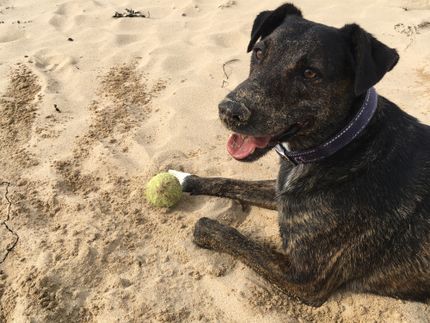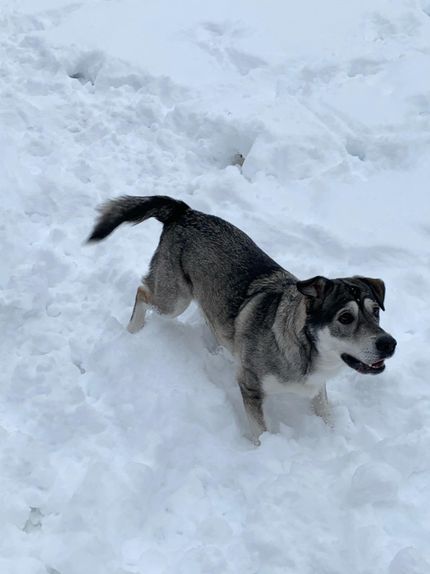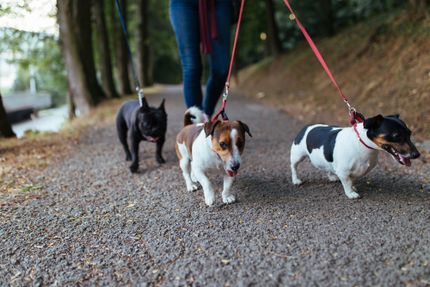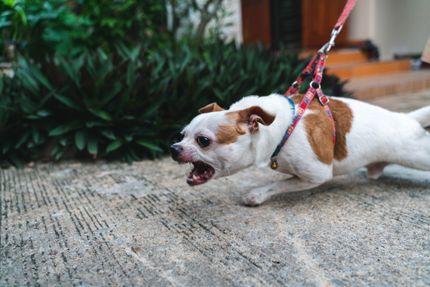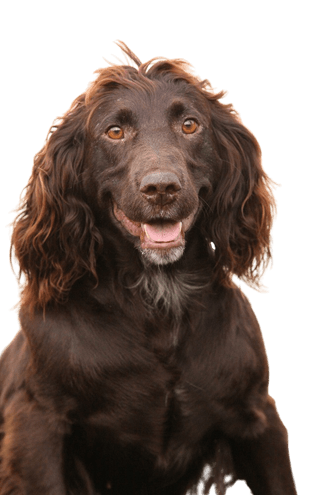
German Spaniel Breed description: Character & Co
German Spaniel
Facts & Origin
Origin of the German Spaniel
It is an archetypal hunting dog, feels very comfortable in such households. Its hunting abilities are versatile. It is a true all-rounder. Only in terms of hunting in the den or pointing, the quadruped is rather not to use. Towards his family members he turns out to be very good-natured and lovable.
The German Spaniel finds its origin in the old German Stöberhunde.
The breeding attempts strengthened especially in the first half of the 19th century.
In many places a hunting dog was desired that could cope well in any terrain.
Outside of Germany the Pointer is rather unknown and quite rare, because it should only be given to hunters. The "Verein für Deutsche Wachtelhunde e.V." (Association for German Pointer) works in the home country of the dog for its breed-specific keeping and preservation. If you want to get such a dog, you should have a hunter education.
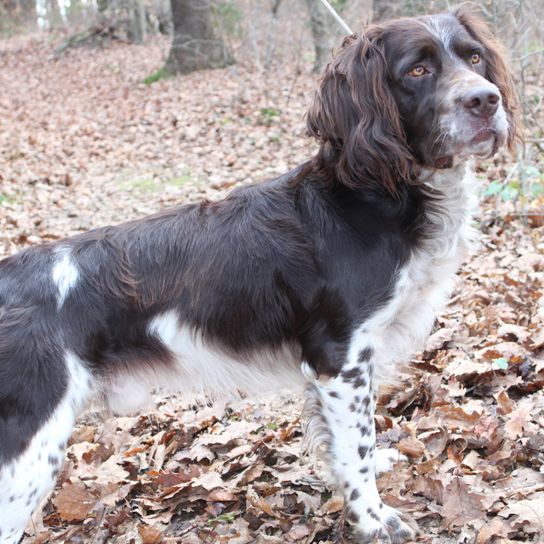
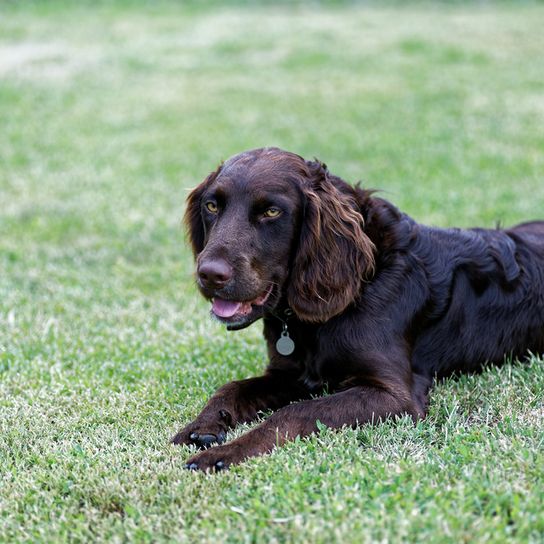
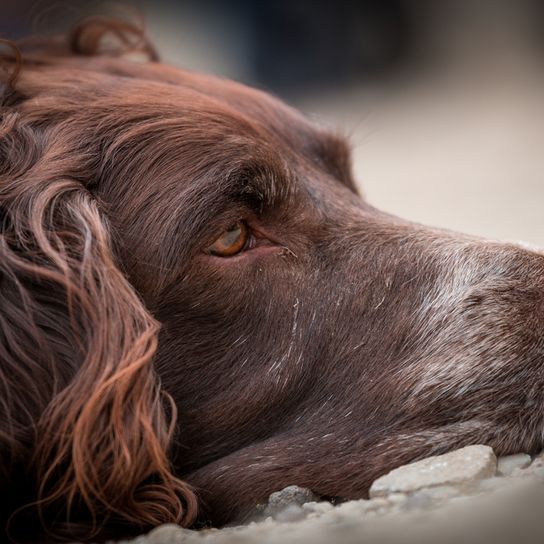
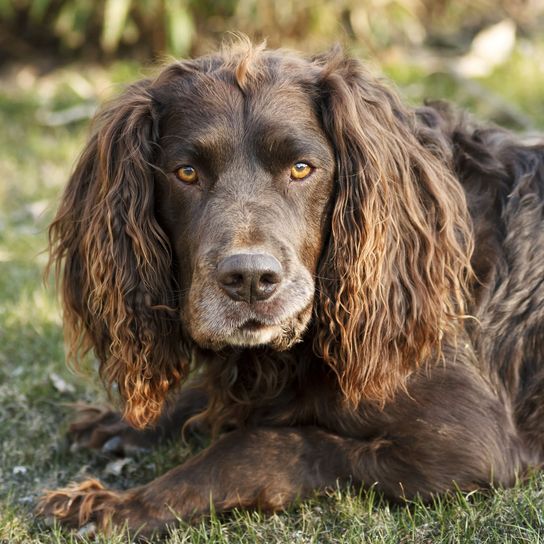
| Alternate Name | - |
| Origin | Germany |
| Life expectancy | 12 - 14 years |
| Care requirements | high-maintenance |
| Activity level | average |
| FCI group | not recognised |
| AKC group | Foundation Stock Service |
| KC group | not recognised |
Attitude, character and temperament of the breed
The typical character traits
Due to its actual use in the hunting industry, the German Pointer needs a corresponding amount of exercise. Particularly keen on game and predators, he hunts in many different ways. If it meets a species-appropriate treatment in your home, it is a very open-minded, loyal and closely related to its owners dog. Energetic, happy and friendly towards other dogs and owners. So basically the perfect companion for a hunter. Like so many other dogs, it does not like to be alone and is always happy to have its owners or other dogs around. Therefore, it is extremely socially acceptable. In terms of hunting, the quail, as it is called by connoisseurs, lives out his passion, is courageous and extraordinarily persistent. In addition, this type of man's best friend learns extremely quickly.
Guard and protective instincts are usually only slightly pronounced. In addition it must be mentioned that unused quail tend to behavioural problems including poaching.
Here again the warning. Please only get such a dog if you are a hunter and pursue such activities!
Character
Usage

Health and breeding information
Age and typical breeding diseases
The average age of the German Pointer is 12 to 14 years. Typical diseases are elbow as well as hip diseases, thus generally defects of the skeleton. In general, however, the breed is considered to be very robust and strong, i.e. very healthy. From serious breeders only dogs with healthy hips etc. are admitted.
Therefore, the same rules apply to you as to any other puppy: Do not walk the dog up and down stairs unnecessarily and avoid slippery floors as much as possible.
Care
The care of a Pointer is really uncomplicated for you. The coat has to be brushed continuously, of course. With the food simply something change bring in and the quadruped is happy. In general it is important not to over- or underfeed.
Where do I get my Pointer from Germany?
You can only get puppies from serious breeders, which are very rare outside Germany. The amount of demand is greater than that which can be satisfied. Therefore, it may well be that you have to wait several months for your puppy. In 2016, for example, only about 600 Pointer Puppies were born. To discover reputable breeders, your best bet is to contact quail clubs directly.
Please remember the following, so that the German Pointer is doing well with you and can enjoy its breed-typical attitude:
By hunters, for hunters.


Appearance and coat of the German Pointer
He is often mistaken for a Munsterlander due to its appearance. His coat presents itself long and wavy, paired with the color spectrums of red and brown, which are sometimes peppered with white patches. White spotting is also possible. It belongs to the medium sized breeds. It gains weight from 25 to 30 kilograms. Its height at the withers is 45 to 54 cm.
| Fur length | medium |
| Fur | curly |
| Ear shape | Floppy Ear |
| Tail | lang |
| Anatomy | sporty |
| Size ♀ | 45 - 52 cm |
| Weight ♀ | 18 - 25 kg |
| Size ♂ | 48 - 54 cm |
| Weight ♂ | 18 - 35 kg |
| Suitable For | - |
Colors
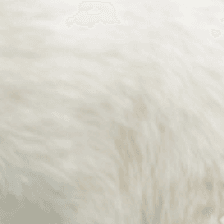
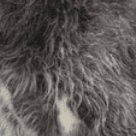



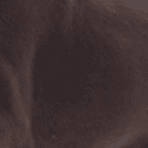
Known Diseases
Elbow dysplasia (ED)
Elbow joint dysplasia is a chronic disease complex of the elbow joint of fast growing dog breeds.
Hip dysplasia (HD)
The hip dysplasia or hip joint dysplasia of the dog (HD) is a maldevelopment of the hip joint.
Other medium dogs

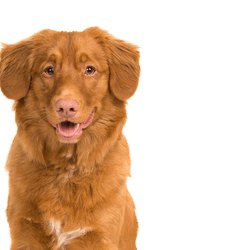
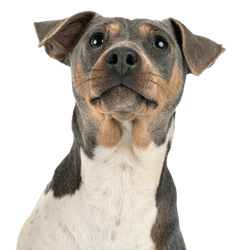
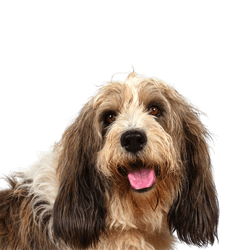
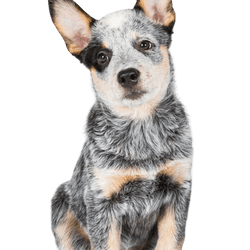
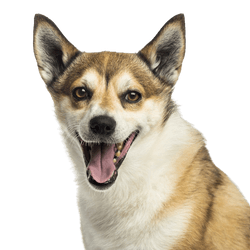
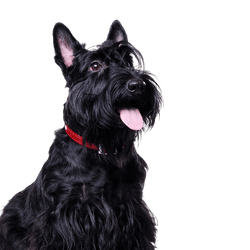
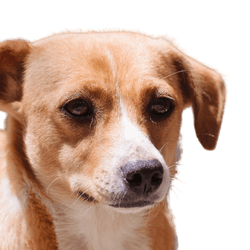
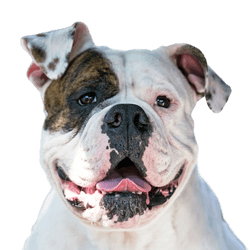
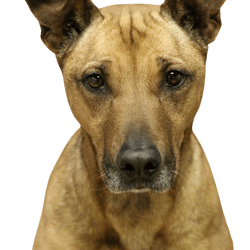

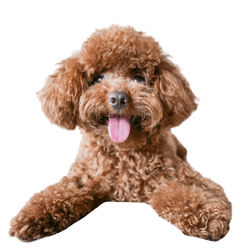
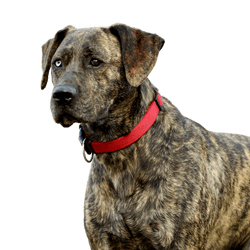

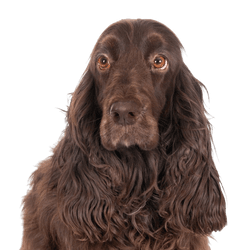
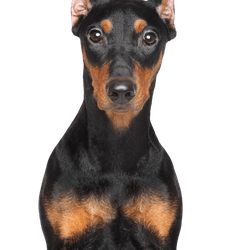
Useful Articles
You can find articles that might interest you in the dogbible blog to match your favorite breed.
Visit our magazineto stay up to date on dog trends.
To find out more, view our Privacy Policy
Find here the breed that suits you and find out what character traits it has. Here you can also learn more about the origin, size and weight of your favorite breeds.
Matching your favorite breed, you'll find articles that might interest you on the dogbible dog blog.
5 beautiful dog places in Mallorca
Diabetes in dogs - Detect and treat diabetes in your dog
Dog eats pig bones - is it dangerous? Everything you need to know about bones and dogs

